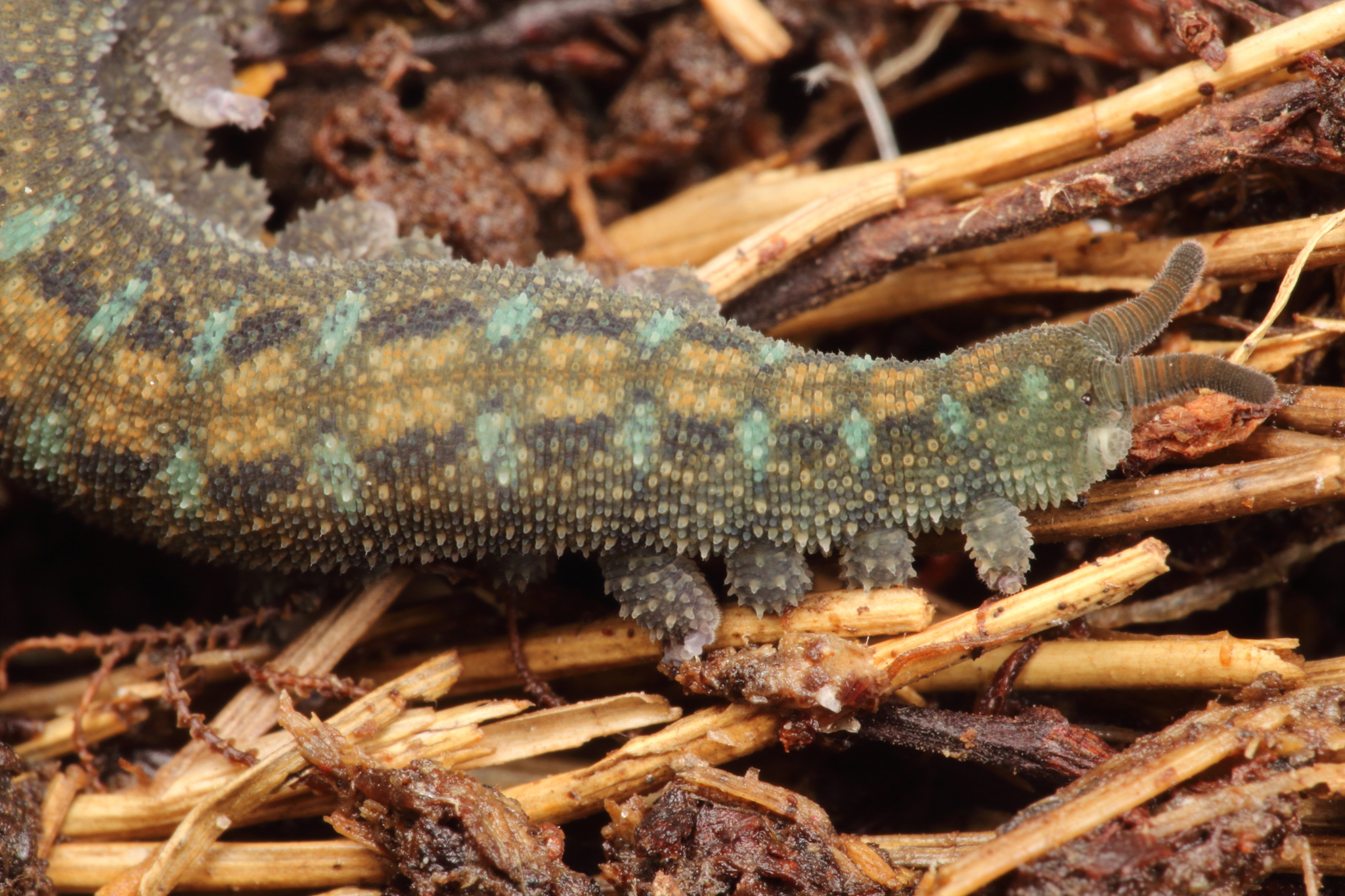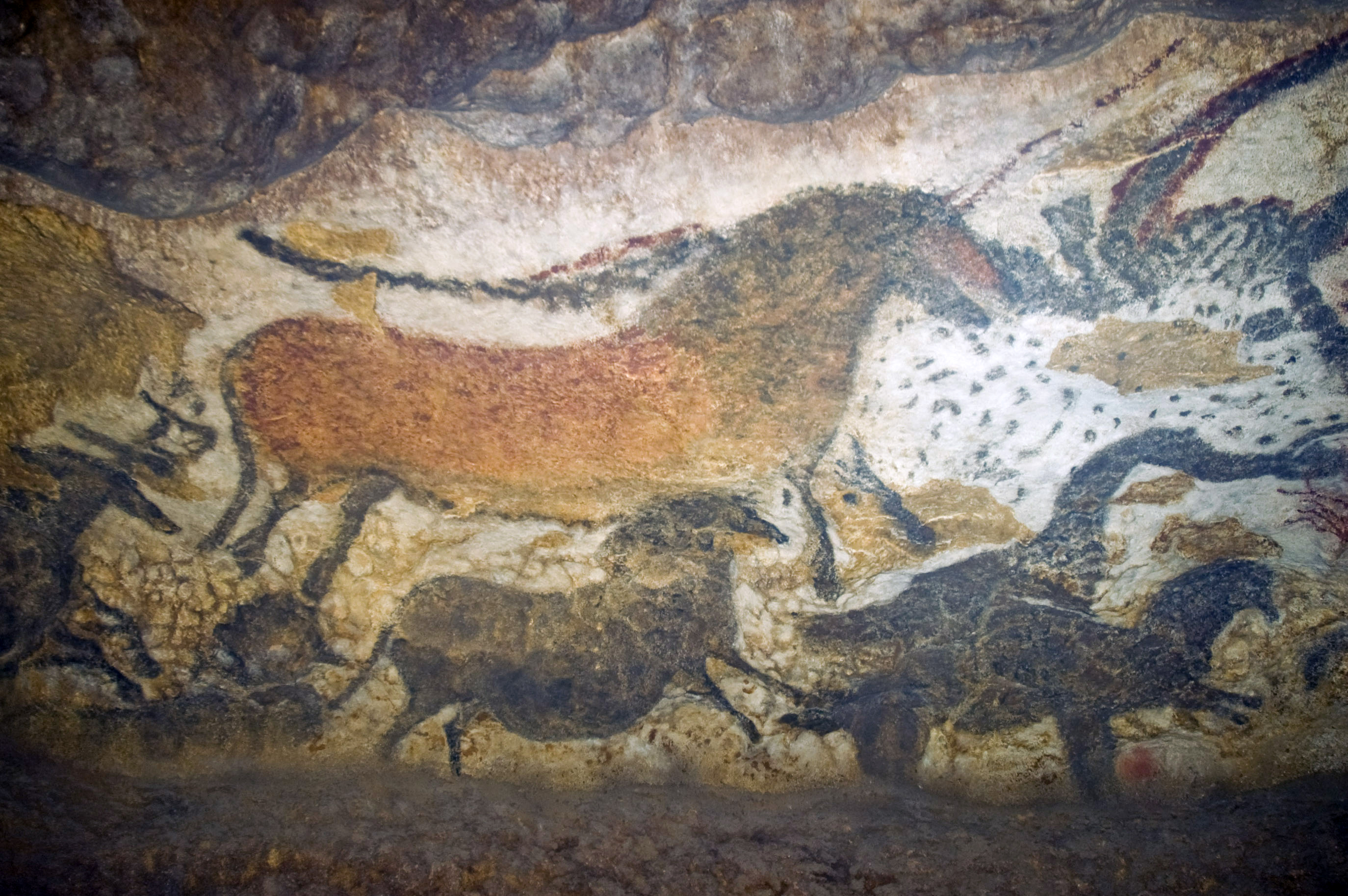|
Typhloperipatus Williamsoni
''Typhloperipatus'' is a genus of velvet worm in the family Peripatidae, containing the sole species ''Typhloperipatus williamsoni''. This genus contains the only species in the phylum Onychophora found in South Asia. This species is also striking in that this velvet worm shows no external trace of eyes, although rudimentary optical vesicles are present internally. This species is also notable for featuring males with the minimum number of legs (19 pairs) recorded in any velvet worm in the family Peripatidae. Discovery, distribution, and habitats The species was discovered in the foothills of the Himalayas in northeastern India in 1911 and first described by the British biologist Stanley Kemp in 1913. The species is named for Noel Williamson, a political officer at Sadiya who was murdered in 1911 along with his travelling companion Dr J.D. Gregorson, a physician working on a tea plantation. These murders led to a punitive military expedition being organized by the British Indi ... [...More Info...] [...Related Items...] OR: [Wikipedia] [Google] [Baidu] |
Stanley Wells Kemp
Stanley Wells Kemp, FRS (14 June 1882 – 16 May 1945) was an English marine biologist. He was born in London, the second of three sons of Stephen Kemp, a professor at the Royal Academy and Royal School of Music. As a boy he took an interest in animals, collecting water beetles and maintaining them in aquariums and was a member of the local natural history society. He studied at St Paul's School and later went to Trinity College in Dublin from where he graduated with a gold medal in 1903. He studied botany under H. H. Dixon. In 1910 he joined the Zoological and Anthropological section of the Indian Museum and when the organization was converted in 1916 to the Zoological Survey of India, he became Superintendent and took up the study of crustaceans to continue work started by James Wood-Mason and Alfred William Alcock. He spent fourteen years in India during which he published seventeen papers on the decapods in the Indian Museum. In 1918 he made a trip to Baluchistan along wi ... [...More Info...] [...Related Items...] OR: [Wikipedia] [Google] [Baidu] |
Brahmaputra River
The Brahmaputra is a trans-boundary river which flows through Southwestern China, Northeastern India, and Bangladesh. It is known as Brahmaputra or Luit in Assamese language, Assamese, Yarlung Tsangpo in Lhasa Tibetan, Tibetan, the Siang/Dihang River in Arunachal languages, Arunachali, and Jamuna River (Bangladesh), Jamuna River in Bengali language, Bengali. By itself, it is the 9th List of rivers by discharge, largest river in the world by discharge, and the 15th List of rivers by length, longest. It originates in the Manasarovar Lake region, near Mount Kailash, on the northern side of the Himalayas in Burang County of Tibet Autonomous Region, Tibet where it is known as the Yarlung Tsangpo River. The Brahmaputra flows along southern Tibet to break through the Himalayas in great gorges (including the Yarlung Tsangpo Grand Canyon) and into Arunachal Pradesh. It enters India near the village of Gelling, Arunachal Pradesh, Gelling in Arunachal Pradesh and flows southwest through t ... [...More Info...] [...Related Items...] OR: [Wikipedia] [Google] [Baidu] |
Eoperipatus
''Eoperipatus'' is a genus of velvet worms in the family Peripatidae. These velvet worms have been reported from locations throughout Southeast Asia, including Malaysia, Singapore, Thailand, and Vietnam. This genus exhibits lecithotrophic ovoviviparity; that is, mothers in this genus retain yolky eggs in their uteri. Etymology This genus was first described in 1901 by Richard Evans of Jesus College at the University of Oxford. He proposed this genus to contain the newly discovered species '' E. horsti'' and '' E. weldoni'' as well as the species originally described as ''Peripatus sumatranus''. The generic name ''Eoperipatus'' is derived from an Ancient Greek combining form of (), meaning "dawn," and ''peripatos'', meaning "walking about." This name refers to the distribution of these velvet worms in the Far East. Description The number of legs in this genus varies within species as well as among species and ranges from 22 pairs (in '' E. butleri'') to 25 pairs (in ''E. h ... [...More Info...] [...Related Items...] OR: [Wikipedia] [Google] [Baidu] |
Anatomical Terms Of Location
Standard anatomical terms of location are used to describe unambiguously the anatomy of humans and other animals. The terms, typically derived from Latin or Greek roots, describe something in its standard anatomical position. This position provides a definition of what is at the front ("anterior"), behind ("posterior") and so on. As part of defining and describing terms, the body is described through the use of anatomical planes and axes. The meaning of terms that are used can change depending on whether a vertebrate is a biped or a quadruped, due to the difference in the neuraxis, or if an invertebrate is a non-bilaterian. A non-bilaterian has no anterior or posterior surface for example but can still have a descriptor used such as proximal or distal in relation to a body part that is nearest to, or furthest from its middle. International organisations have determined vocabularies that are often used as standards for subdisciplines of anatomy. For example, '' Termi ... [...More Info...] [...Related Items...] OR: [Wikipedia] [Google] [Baidu] |
Seta
In biology, setae (; seta ; ) are any of a number of different bristle- or hair-like structures on living organisms. Animal setae Protostomes Depending partly on their form and function, protostome setae may be called macrotrichia, chaetae, Scale (insect anatomy), scales, or Common name, informally, hairs. The setal membrane is not Cuticle, cuticularized, so movement is possible. Annelid setae are stiff bristles present on the body. They allow earthworms and their relatives to attach to the surface and prevent backsliding during peristaltic motion. These hairs make it difficult to pull a worm straight from the ground. Setae in oligochaetes (the group including earthworms) are largely composed of chitin. They are classified according to the limb to which they are attached; for instance, notosetae are attached to notopodia; neurosetae to neuropodia. The setae on polychaete worms are referred to as chaeta due to their differing morphology. Crustaceans have mechano- and chemos ... [...More Info...] [...Related Items...] OR: [Wikipedia] [Google] [Baidu] |
Denticle (tooth Feature)
Denticles, also called serrations, are small bumps on a tooth that serve to give the tooth a serrated edge. In paleontology, denticle characteristics such as size and density (denticles per unit distance) are used to describe and classify fossilized teeth, especially those of dinosaurs. Denticles are also present on the teeth of varanoid lizards, sharks, and mammals. The term is also used to describe the analogous radular teeth of mollusks. Archived aPDF File:Dromaeosauridae tooth.TIF, Dromaeosauridae tooth with small denticles along the cutting edge. Scale bars are 1 mm. File:Ankylosaurus tooth.jpg, '' Ankylosaurus'' tooth with large denticles. File:Dentary teeth of Segnosaurus.png, ''Segnosaurus ''Segnosaurus'' is a genus of therizinosaurid dinosaur that lived in what is now southeastern Mongolia during the Late Cretaceous, about 102–86 million years ago. Multiple incomplete but well-preserved specimens were discovered in the Go ...'' dentition featuring a tri ... [...More Info...] [...Related Items...] OR: [Wikipedia] [Google] [Baidu] |
Dermal Papillae (Onychophora)
Dermal papillae are small protrusions on the cuticle of onychophorans, a group of animals commonly known as velvet worms. These structures give the group their common name, as they have a velvet-like feel when touched. Dermal papillae come multiple forms and cover the body of onychophorans in rings known as annulations. Development Types Primary papillae Talk about structure and make a diagram showing differences between Peripatidae and Peripatopsidae primary papillae * when found on distal part of foot known as distal papillae * when found on basal part of foot known as basal papillae * scale ranks are responsible for velvety feel Type 1 sensilla Type 1 sensilla are a specialized variant of primary papilla with a prominent apical piece covered in scales and a sensory bristle with a textured base. These papillae act as mechanoreceptors, giving the animals a sense of touch, and occur in peripatid velvet worms. Type 2 sensilla Type 1 sensilla are similar to type 1 se ... [...More Info...] [...Related Items...] OR: [Wikipedia] [Google] [Baidu] |
Umber
Umber is a natural earth pigment consisting of iron oxide and manganese oxide; it has a brownish color that can vary among shades of yellow, red, and green. Umber is considered one of the oldest pigments known to humans, first used in the Ajanta Caves from 200 BC to 600 AD. Umber's advantages are its highly versatile color, warm tone, and quick drying abilities. While some sources indicate that umber's name comes from its geographic origin in Umbria, other scholars suggest that it derives from the Latin word ''umbra'', which means "shadow". The belief that its name derives from the word for shadow is fitting, as the color helps create shadows. The color is primarily produced in Cyprus. Umber is typically mined from Open-pit mining, open pits or Mining, underground mines and ground into a fine powder that is washed to remove impurities. In the 20th century, the rise of synthetic dyes decreased the demand for natural pigments such as umber. History The earliest documente ... [...More Info...] [...Related Items...] OR: [Wikipedia] [Google] [Baidu] |
Evergreen Forest
An evergreen forest is a forest made up of evergreen trees. They occur across a wide range of climatic zones, and include trees such as conifers and holly in cold climates, eucalyptus, live oak, acacias, magnolia, and banksia in more temperate zones, and rainforest trees in tropical zones. Species of trees Coniferous temperate evergreen forests are most frequently dominated by species in the families. The trees include: Pinaceae and Cupressaceae. Broadleaf temperate evergreen forests include those in which Fagaceae, such as oaks and ferns are common, those in which Nothofagaceae predominate, and the eucalyptus forests of the Southern Hemisphere. There also are assorted temperate evergreen forests dominated by other families of trees, such as Lauraceae in laurel forest. Regions Coniferous temperate evergreen forests are found largely in the temperate mid-latitudes of Siberia, Canada, Australia, Africa, Scandinavia, Indonesia, Malaysia, Amazon and Orinoco basins of South America, ... [...More Info...] [...Related Items...] OR: [Wikipedia] [Google] [Baidu] |
Subtropics
The subtropical zones or subtropics are geographical and climate zones immediately to the north and south of the tropics. Geographically part of the temperate zones of both hemispheres, they cover the middle latitudes from to approximately 35° to 40° north and south. The horse latitudes lie within this range. Subtropical climates are often characterized by hot summers and mild winters with infrequent frost. Most subtropical climates fall into two basic types: humid subtropical (Köppen climate classification: Cfa/Cwa), where rainfall is often concentrated in the warmest months, for example Southeast China and the Southeastern United States, and dry summer or Mediterranean climate (Köppen climate classification: Csa/Csb), where seasonal rainfall is concentrated in the cooler months, such as the Mediterranean Basin or Southern California. Subtropical climates can also occur at high elevations within the tropics, such as in the southern end of the Mexican Plateau an ... [...More Info...] [...Related Items...] OR: [Wikipedia] [Google] [Baidu] |
Type (biology)
In biology, a type is a particular specimen (or in some cases a group of specimens) of an organism to which the scientific name of that organism is formally associated. In other words, a type is an example that serves to anchor or centralizes the defining features of that particular taxon. In older usage (pre-1900 in botany), a type was a taxon rather than a specimen. A taxon is a scientifically named grouping of organisms with other like organisms, a set that includes some organisms and excludes others, based on a detailed published description (for example a species description) and on the provision of type material, which is usually available to scientists for examination in a major museum research collection, or similar institution. Type specimen According to a precise set of rules laid down in the International Code of Zoological Nomenclature (ICZN) and the ''International Code of Nomenclature for algae, fungi, and plants'' (ICN), the scientific name of every taxon is ... [...More Info...] [...Related Items...] OR: [Wikipedia] [Google] [Baidu] |





